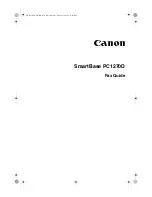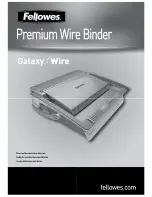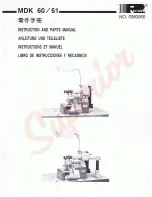
Regent User Manual
| 19
Inserting (or Changing) the Needle
The needle that is in the machine when it arrives at
your home has been used for 20 minutes of testing.
It is possible that it could be damaged in shipping
or as you remove the machine from the box. For
these reasons, Baby Lock recommends that you
replace the needle before beginning to quilt with
your new machine.
1. Move the needle bar to the highest position by
turning the hand wheel. Then turn off the power.
2. Loosen the needle-bar-clamp screw.
3. Remove the old needle by pulling it down.
Discard the old needle in a safe way.
4. With the scarf (small ground out section/dip on
the back side of the needle just above the needle
eye) facing toward the back, hand-wheel side of
the machine, and the long groove down the front
of the needle facing the bobbin case side, push
the needle all the way up into the needlebar,
until it can go no farther and you can see the top
of the needle touching the top of the sight hole.
5. Carefully tighten the needle bar clamp screw
until the needle is securely fastened into the
machine. Use the 2.5mm hex tool to secure the
needle; however take care not to over tighten
the screw. This may result in damaged or
stripped threads in the needle clamp. Damage
to the needle clamp may also make it difficult
to fully insert the needle, which will change the
machine timing, causing more issues. Stripped
threads and damage caused by improper needle
installation or tightening are not covered under
warranty.
NOTE:
It is recommended to use a new
needle for each new quilt. Also, replace
the needle any time it becomes bent,
dull or burred.
SIGHT
HOLE
Â
IMPORTANT:
Check the needle to
confirm it is fully inserted. The needle
bar has a stop/sight hole above the needle
bar clamp screw. Make sure the needle is
touching the top of the stop/sight hole. If it
is not, the machine timing will be off and
it may be possible for the needle to collide
with internal parts, causing damage not
covered by warranty.
U
CAUTION:
Your Baby Lock machine
stitches at a much faster speed than your
home sewing machine, therefore, it is
essential that the needle is seated into
the needle bar and fully tightened (but
not over tightened). Check often that the
needle has not become loose. If the needle
comes loose, it could break in the machine,
causing damage, altering the machine’s
timing, or causing bodily harm.
Needles are inexpensive and are important to the
success of your project. Plan to change needles
every 5-7 hours of quilting or more often if
working with fusibles or heavy materials.
















































